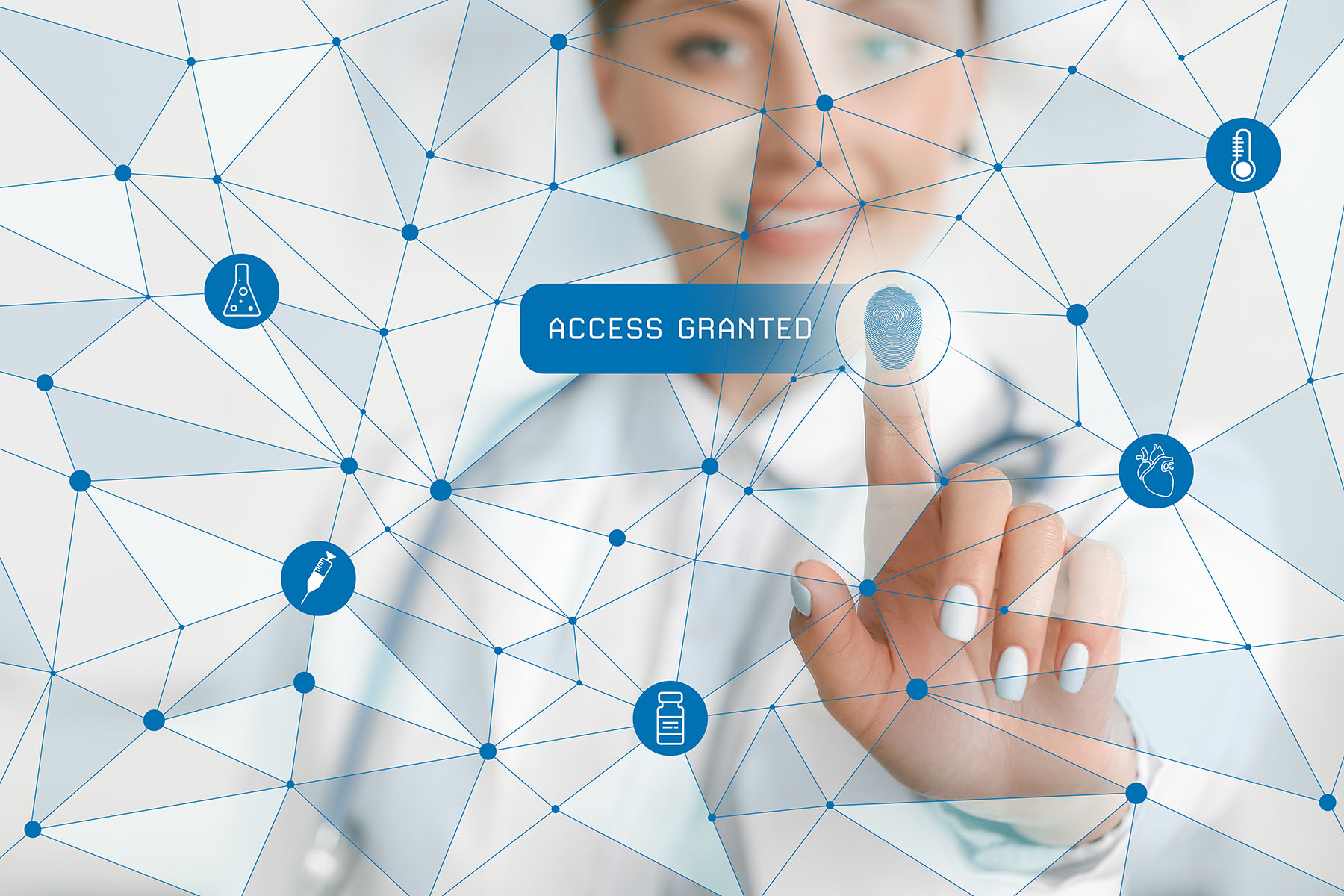So many factors contribute to patients having a positive healthcare experience. Providing a tech-enabled office environment,1 supplying patients with resources ahead of their appointments,2 and uncovering their individual barriers3 to medication adherence can all greatly impact the way patients view their care journey and their likelihood to initiate or continue treatment.
But at the basis of all these interactions is health information, and for those interactions to happen successfully, people need to have full confidence that information is being properly safeguarded to ensure their privacy. Unfortunately, that’s not always the case.
Consent Is Key
In today’s world, health information is all too frequently shared in ways that are not based on consent. Regulators have recently cracked down on digital health companies and taken to task those that have violated their own privacy policies—either intentionally or inadvertently—to share health data for marketing or advertising purposes without consent.
The notion that health information should remain private by default shouldn’t be a novel one. Individuals should have a choice when it comes to whether their information is shared or used for purposes beyond those for which it was collected. And when they do consent to share it, it’s important they understand how it will be used and what they’re getting in return.
Using Data the Right Way
That’s not to say health data shouldn’t be used at all. On the contrary, some use cases can help provide immense value for patients as they navigate the healthcare landscape.
In a world that’s increasingly full of information—and mis- and disinformation—it’s becoming more and more difficult to distinguish the reliable from the unreliable. Using data to curate messaging is an important strategy for reaching patients with educational health content that’s relevant to their condition and merits their attention and trust.
Tailored messaging from a reliable source can help a rare disease patient navigate a complex diagnosis, connect a patient on an expensive treatment to financial support, or remind a patient who has started a vaccine series to receive another dose. But it has to be done in a way that takes their choices and agency into account.
It’s the responsibility of any company that collects or processes health information to keep it private and secure, and to prioritize choice, transparency, and consent.
The patient experience hinges on it.
References:
1. https://www.pm360online.com/transforming-patients-in-office-experience-and-why-it-matters.
3. https://www.pm360online.com/understanding-adherence-challenges-at-the-point-of-care.









